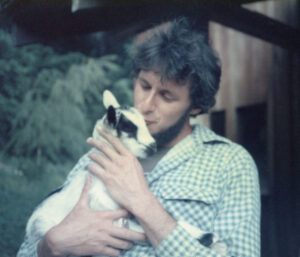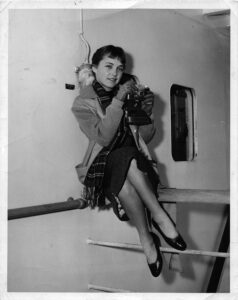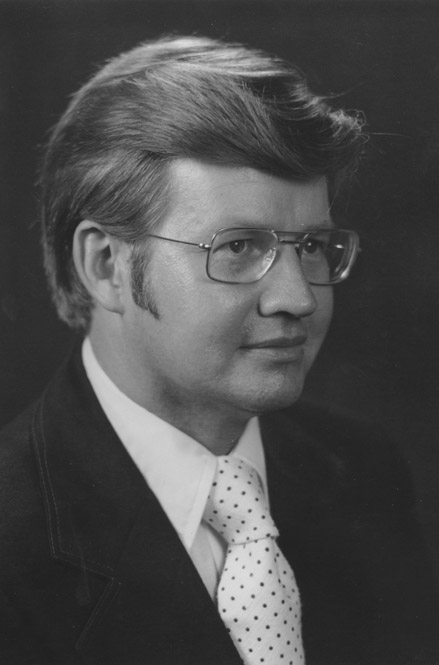Edith Renfrow Smith Papers
Born in Grinnell, Iowa on July 14, 1914, to Eva Craig and Lee Augustus Renfrow, Edith Renfrow Smith was the first African American woman to graduate from Grinnell College in 1937. She moved to Chicago after graduation where she worked first at the YMCA and later at the University of Chicago. In 1940, Edith married Henry T. Smith; the couple welcomed two daughters: Virginia and Alice. After earning her teaching license, she taught in the Chicago school system for twenty-one years before retiring in 1976. Smith continued to serve as a volunteer well into her nineties. She is the recipient of numerous honors highlighting her activities and contributions later in life, including admittance into the Chicago Senior Citizen Hall of Fame, selection as a “superager” in a Northwestern University study, induction into the Iowa African American Hall of Fame, and several distinctions awarded by Grinnell College: an honorary degree, the naming of the Smith Gallery in Joe Rosenfield Campus Center, and the naming of a new residential hall building on campus. An illustrated biography of her life, No One is Better than You: Edith Renfrow Smith and the Power of a Mother’s Words, was published in January 2024.
While the physical materials that comprise the Edith Renfrow Smith Papers are small in number, including an award, photographs, and a family tree, the collection is enhanced by nearly 150 digitized photographs scanned and posted online by Grinnell College.





